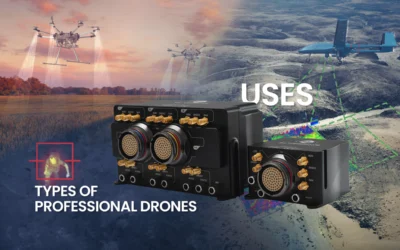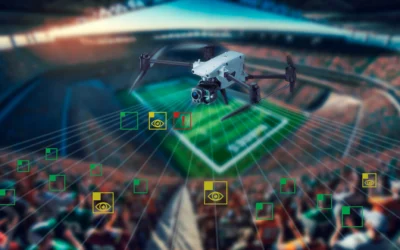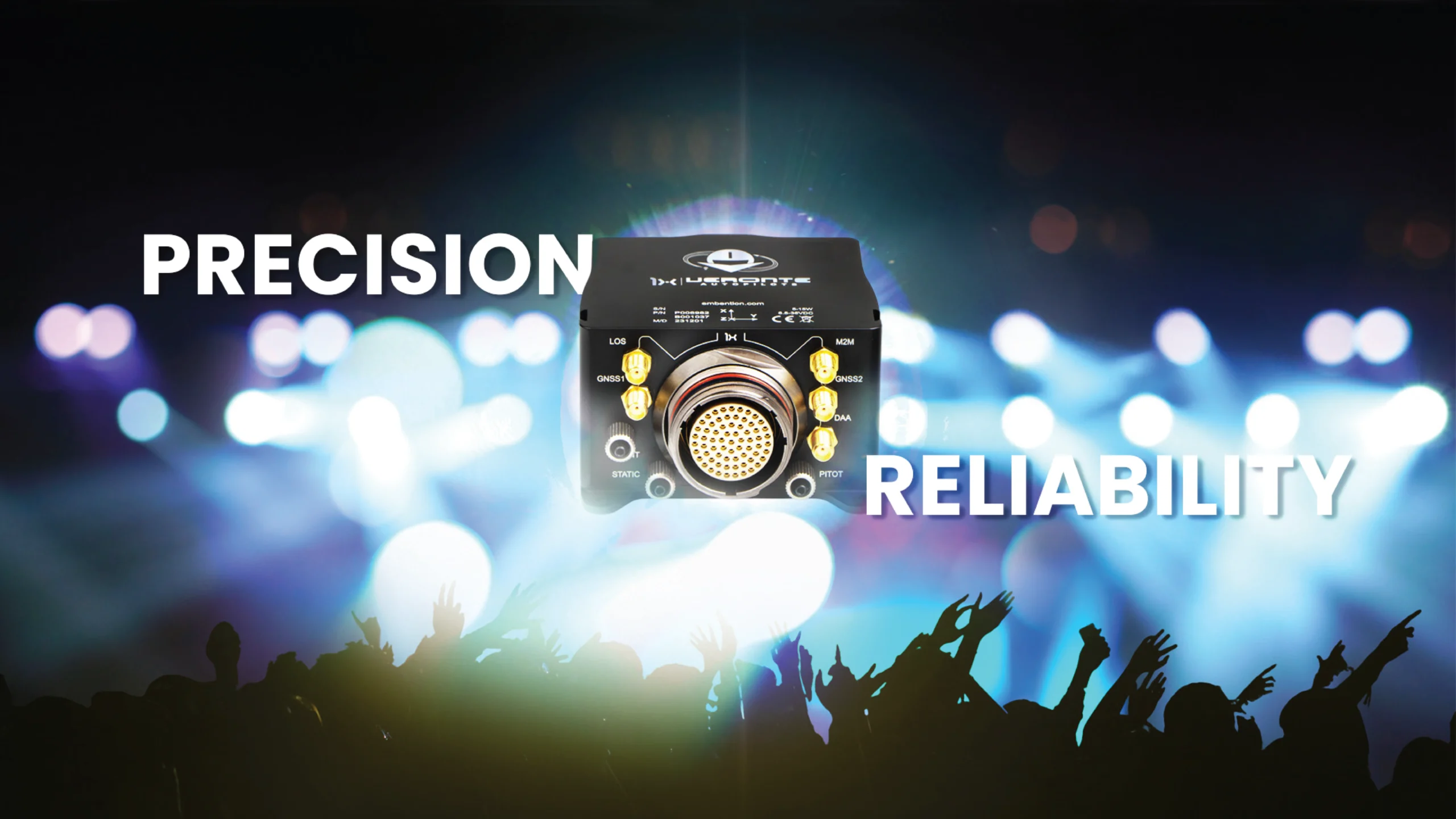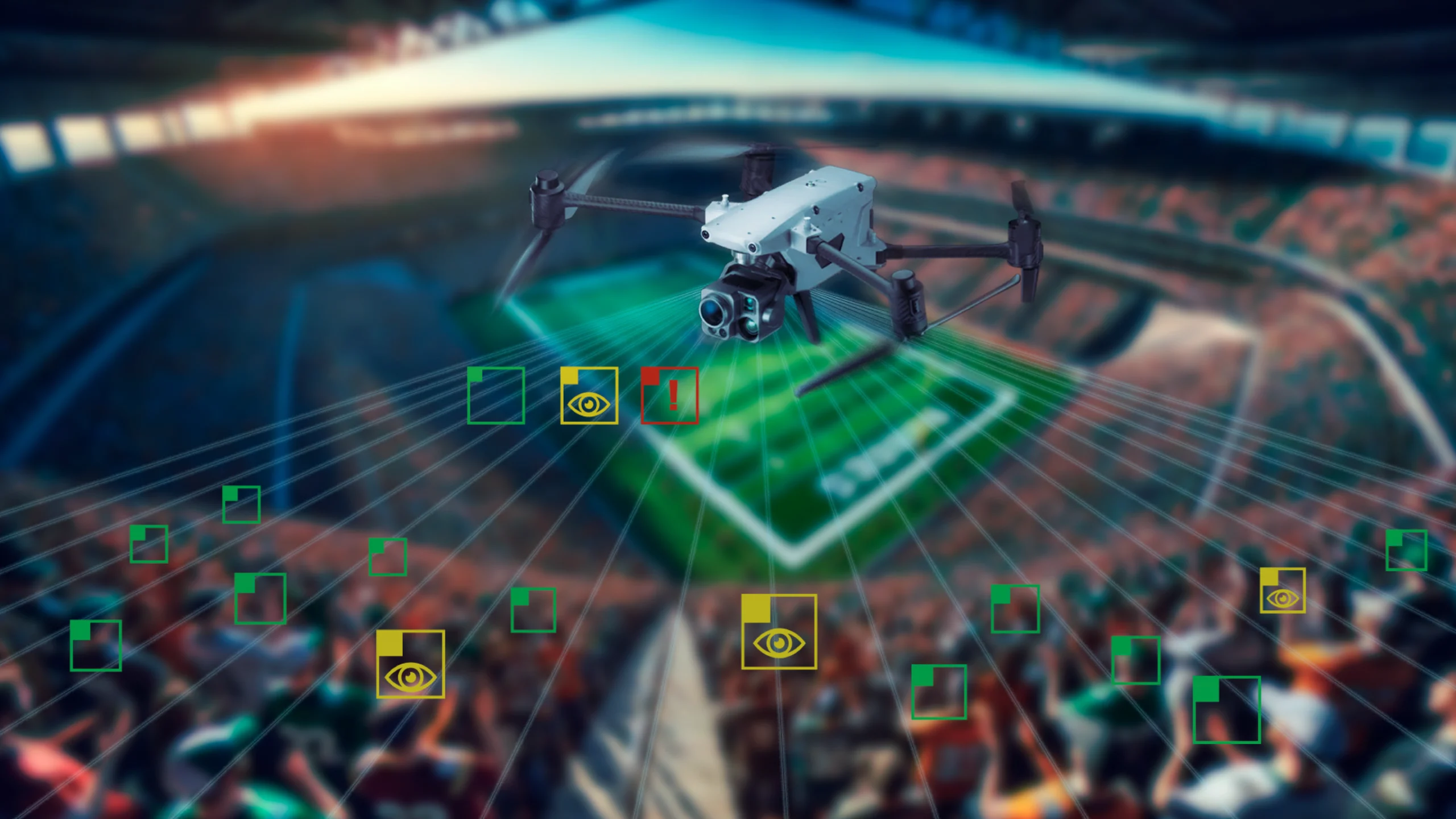One of the fundamental steps in the design process of a drone is the selection of the different devices. These pieces of equipment will determine the capabilities and functionalities of the vehicle, for instance, a camera, a laser, a magnetometer, etc. But we cannot ignore the communication structure between the different devices and the autopilot, because a good choice can facilitate the work, increase reliability, and optimize costs. The fields of application of the drones can be as wide as our minds give. From the military to the most commercial and civil uses, it is common for the drone to carry on board some type of payload to perform some specific function for which it is intended.
Different options of communication ports
PWM
A PWM port allows using a digital signal, for example, a sinusoidal or a square one, which provides the microcontroller to control devices such as a servomotor. Depending on the pulse width of the PWM signal, determined by the “duty cycle,” we can indicate parameters such as the direction of rotation, speed, position, etc. This protocol can be very practical for applications such as a gate that we want to open or close in more or less measure to release a load, such as seeds for a plantation or to fumigate an area.
RS232, RS422, RS485
Going to more complex ports than a PWM, we have several options for drones. The serial ports, such as RS232, RS422, and RS485, each created an improvement in the number of allowed devices connected simultaneously and in speed and transmission distance. RS232 only allows the connection of 2 devices, RS422 allows unidirectional connection (in one direction) of 1 transmitter and up to 10 receivers, and RS485 a bidirectional semiduplex connection (in any direction but only one device at a time) if it is 2-wire, or bidirectional full-duplex (in any sense and several can transmit at the same time) if it is 4-wire with up to 32 devices.
UART
A port that was introduced by the RS232 is the UART; they are similar, but they are not the same. In fact, an RS232 interface is usually used in conjunction with the UART to generate a higher voltage for the payloads. The UART is an electronic circuit that sends and receives a sequence of bits represented in the output by a voltage of 3.3V or 5V depending on the microcontroller of our drone. For long-distance communication, it is not a secure method, which is why it is converted to +12V for the logical value “0” and -12V for the “1” with an RS232. A greater oscillation in the voltage makes our communication more resistant to interference.
CAN
Like the UART, it provides the data link layer to the RS232 (the physical layer), an alternative is to use a CAN bus, which contains these two layers. Like the RS485, the CAN is based on a structure of several interconnected master/slave nodes. Both offer good resistance to interference and similar transmission speed and cabling requirements. The main difference is the complexity of the CAN bus implementation in the microcontroller, in return, the connection between the payload and the drone is easier and is able to handle faults and collisions.
I2C
Another protocol widely used in drones is I2C. It only needs two input/output pins, which makes it cheap to save space, and a fairly simple software implementation. On the other hand, it is slower and very susceptible to interference, so it is usually used to connect payloads or peripherals to the controller that do not need a lot of transmission speed.
Which is the best?
There are many more options, each with some advantages and disadvantages, so when choosing the most appropriate protocol to connect our payload to our drone, we must take into account factors such as:
- How many payment charges do we want to connect.
- One or more master devices.
- Complexity of wiring and connections.
- Distance and transmission speed.
- Resistance to interference.
Connection of devices with the Veronte Autopilot 1x
The autopilot is continuously interacting with the different UAV devices. For example, if it is a camera, the autopilot will decide autonomously when to take a photo, in which section to record a video, etc., or it will do it according to the indications of the pilot. Thanks to the automation module, it is possible to configure these routines and payload controls.
Do not forget to note that the Veronte Autopilot 1x includes all these types of communication ports, making it one of the most versatile drone control systems on the market. Thanks to this, you can communicate with practically all payment charges and existing devices. Always providing ease of configuration thanks to Veronte Pipe control software, allowing you to personalize communications without the need for custom software.















